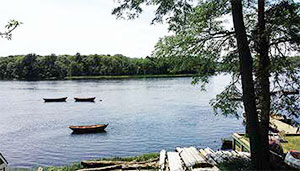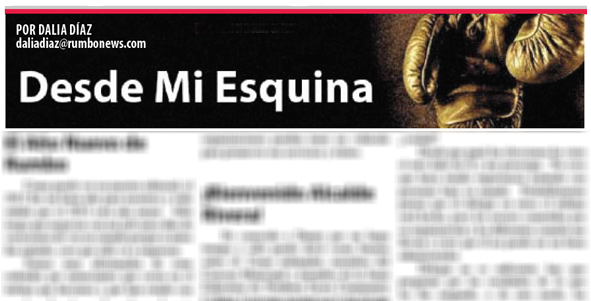
American Rivers named the Merrimack River in Massachusetts and New Hampshire among America’s Most Endangered Rivers® of 2016, shining a national spotlight on the threat unsustainable development poses to clean water supplies for over half a million residents.
“The America’s Most Endangered Rivers report is a call to action to save rivers at a tipping point,” said Liz Deardorff of American Rivers. “With pavement rapidly replacing trees up and down the Merrimack River, action is critically needed. Stakeholders must convene now and begin protecting clean drinking water supplies this year.”
The transformation of forests to suburban developments is the greatest threat to the Merrimack River today. The U.S. Forest Service ranks the Merrimack River watershed as the most threatened in the country due to the rapid development of private forested lands. Protecting the extensive forests is essential to preserving their natural filtration function. The forest trees and shrubs remove pathogens and other pollutants, helping keep the river’s water clean. The loss of forests threatens the drinking water of more than 600,000 people, including the Massachusetts communities of Lowell, Lawrence, Methuen, Tewksbury, and Andover (MA), and the New Hampshire city of Nashua.
American Rivers is calling on the Environmental Protection Agency to create a regional bi-state watershed partnership of federal, state and local agencies, nonprofits, and stakeholders to prioritize smart land-use planning, green infrastructure, and accelerate land protection in order to protect the Merrimack River and clean water supplies. A regional entity, the Merrimack Conservation Partnership, was recently established to protect land in the watershed, but does not have adequate funding.
Congresswoman Niki Tsongas said, “The Merrimack River has played an important role throughout our region’s history and we have a responsibility to sustain and preserve the integrity of this resource for future generations. Public/private partnerships and collaborations between organizations like the Merrimack River Watershed Council, volunteers and all levels of government is necessary in order to arrive at ways to protect clean water and surrounding forest lands while encouraging sustainable use and economic development.”
“Thanks to EPA-mandated cleanup efforts and state and community support in the past, the Merrimack River’s water quality and ecology has improved greatly over the past 40 years,” said Dr. Caroly Shumway, Executive Director of the Merrimack River Watershed Council in Lawrence, MA, “but rapid development along the river and increasing amounts of pavement currently pose a major threat to the river’s health. Integrated planning, protection of riverside vegetation, and investments in green infrastructure are needed now to prevent further decline of water quality.
“The Merrimack River is the common resource binding together our diverse region of Gateway cities, suburban towns and rural villages,” said Dennis A. DiZoglio, Executive Director of the Merrimack Valley Planning Commission, the regional planning agency for 15 cities and town in northeastern Massachusetts. “Building a sustainable development future for the Merrimack Valley compels collaboration among federal and state agencies, municipalities, environmental advocacy partners and neighborhood-based groups to improve water quality management of our river.”
“Trout Unlimited has a clear interest in preserving the health and integrity of the Merrimack River’s coldwater streams. Our mission is to reconnect and protect as much of this aquatic habitat as possible from its source to the sea,” said Colin Lawson, Trout Unlimited’s New England Project Coordinator.
The 125-mile long Merrimack River is ecologically vibrant: one of the three most important large east coast rivers for migratory fish, home to at least 75 state and federally-listed endangered species, numerous pairs of bald eagles, the largest tidal marsh habitat in New England and a portion of the Atlantic Flyway bird migration route. Known as a birthplace for American industrialization, the Merrimack River provided power for textile mills and other factories. Today, the health of the river and its 11 tributaries are of great importance to two million residents.
The annual America’s Most Endangered Rivers® report is a list of rivers at a crossroads, where key decisions in the coming months will determine the rivers’ fates. Rivers are chosen for the list based on the following criteria: 1) The magnitude of the threat, 2) A critical decision-point in the coming year and 3) The significance of the river to people and nature.
Over the years, the report has helped spur many successes including the removal of outdated dams, the protection of rivers with Wild and Scenic designations and the prevention of harmful development and pollution.


